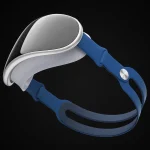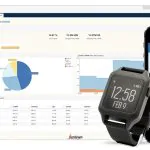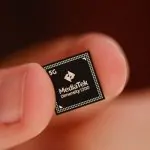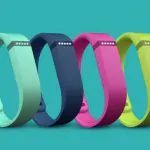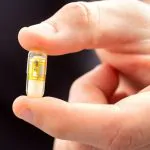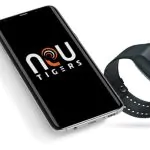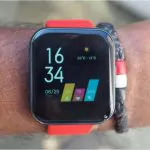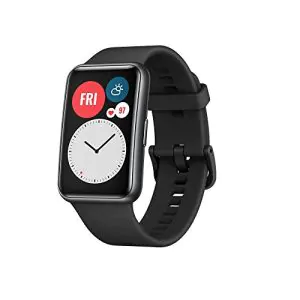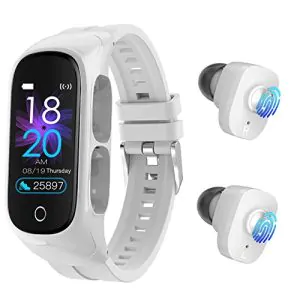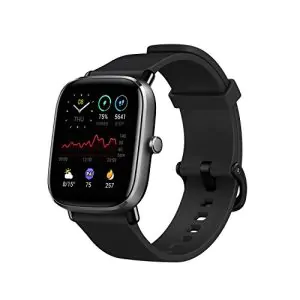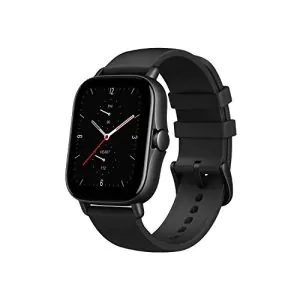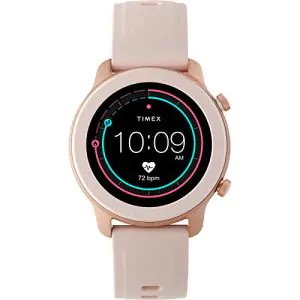Certain electrical components are needed to create Wearable Electronic clothing.
We’re only going to explain electronic principles that are absolutely necessary to know in order to undertake the projects we introduce. For more in-depth knowledge, you should check out this resource, Electronics for Beginner and Intermediate Level.
In very basic terms, electrical components are electrically responding elements that perform different tasks. The combination of different components can create simple functions as closing an electrical flow (switch on/off) or very complex tasks in ICs (Integrated Circuits).
As far as we know, there are only very few electrical components, that are made from textiles, on the market. We can find sensors from Peratech, formerly known as Eleksen, that can be used as switches and we have textile sensors like the one from Textronics for heart beat detection. But that’s basically all we have.
To integrate more functionality into textiles, we need to modify and adapt the available, conventional electronic components to the needs and requirements of textile electronic.
Leah Buechley shows a way to do such modifications on standard electrical components and make them more suitable for textile integration.
The examples below are based on the use of Light Emitting Diodes (LEDs). You might want to check out Leah’s Website for more details about LEDs. Here, we will only mention the absolute necessary knowledge of LEDs needed to prepare them for the use in Wearable Electronic projects.
The first example is based on so called ‘SMD‘ components. SMD is a type of component that can be made very, very small. Because of the small size, they are very interesting for us to integrate = hide electronic functions in our clothing. 
The second type we will show is called ‘through-hole’ components which is generally bigger in size. You will see the difference in the images below.
The following pictures and instructions are taken from Leah Buechley’s Website on ‘how to make your own electronic sewing kit‘.
We start with the smaller SMD type LEDs and show you how to prepare them to be used for textile electronic projects.
What you need:
- SMD LED
- Beads
- Solder
- Solder Iron
- Helping Hands
For details on the materials and where to get them, please visit Leah’s Website.
 To give you an idea how helping hands look like we posted the photo here. The ‘Helping Hands’ is a tool used by electronic engineers widely to have a . . . helping hand when needed.
To give you an idea how helping hands look like we posted the photo here. The ‘Helping Hands’ is a tool used by electronic engineers widely to have a . . . helping hand when needed.
Start your LED conversion by tipping an LED on its side. Use the soldering iron with a very clean tip, place the tip of the iron into a bead. Tin the bead with lead-free solder and melt some solder onto the outside of the bead. With the soldering iron, drag the bead up to the LED as is shown in the photo below.
When the melted solder touches the LED’s contact, the bead will adhere to the LED. Lift the soldering iron out of the bead. If your soldering iron tip is dirty, it will stick to the bead and make the job very difficult. If this is happening you should clean or replace your tip. Once you get the hang of it, this should go pretty fast.
According Leah’s experience, you should be able to solder 100 LEDs within an hour – after some training.
You may want to take some measures at this stage to distinguish the cathode from the anode lead of each LED. The cathode end is often marked with a green line on the front or back of the surface mount package. To distinguish the two, you can solder a brass crimping-bead to the cathode lead and a silver bead to the anode lead for each LED.
We have followed this instruction and indeed, after some ‘not so fast’ first solder attempts, we finally managed to get a good grip on it. A tip from our side, the use of the Helping Hand tool made it a bit easier to hold the SMD LED in its place on the work board.
The second transformation from conventional electrical component to a Textile Electronic component is based on a through-hole type of LED, again – more details can be found on Leah’s Website.
Through-hole components have long leads that go through holes in a conventional Printed Circuit Board. What is demonstrated in this example on the LED can be of course used for any other electrical component of the through-hole type.
You need only one tool to convert a ’standard’ through-hole LED into a ‘Textile LED’: a needle-nosed plier.
And you need a component, in our case a through-hole LED. Any through-hole packaged LED will work for the demonstration below.
A LED has two leads: one lead is the positive (+) end of the LED, called the “anodeâ€, and one lead is the negative (-) end of the LED, called the “cathodeâ€. In the picture above, you can see that one lead is longer than the other. The longer lead is usually the anode lead.
Now take the long lead of the LED with the pliers. This is most likely the anode (+) lead of your LED. Bend this lead so that it is flush with the bottom of the LED, at a right angle to the other LED lead as is shown below.
Grasp the bent out lead with the pliers and twist it into a rounded circular spiral.
Repeat this bending process for the other LED lead, twisting the second lead into a square spiral. Twisting the anode (+) lead one way and the cathode (-) another will help you easily distinguish the anode and cathode leads as you are sewing. The finished LED is shown below.
Our second type of Textile Electronic component is ready for use. Simple but effective – right?!
As mentioned above, you can use those techniques for any kind of through-hole or SMD component and convert them in specialized Textile Electronic components.
















